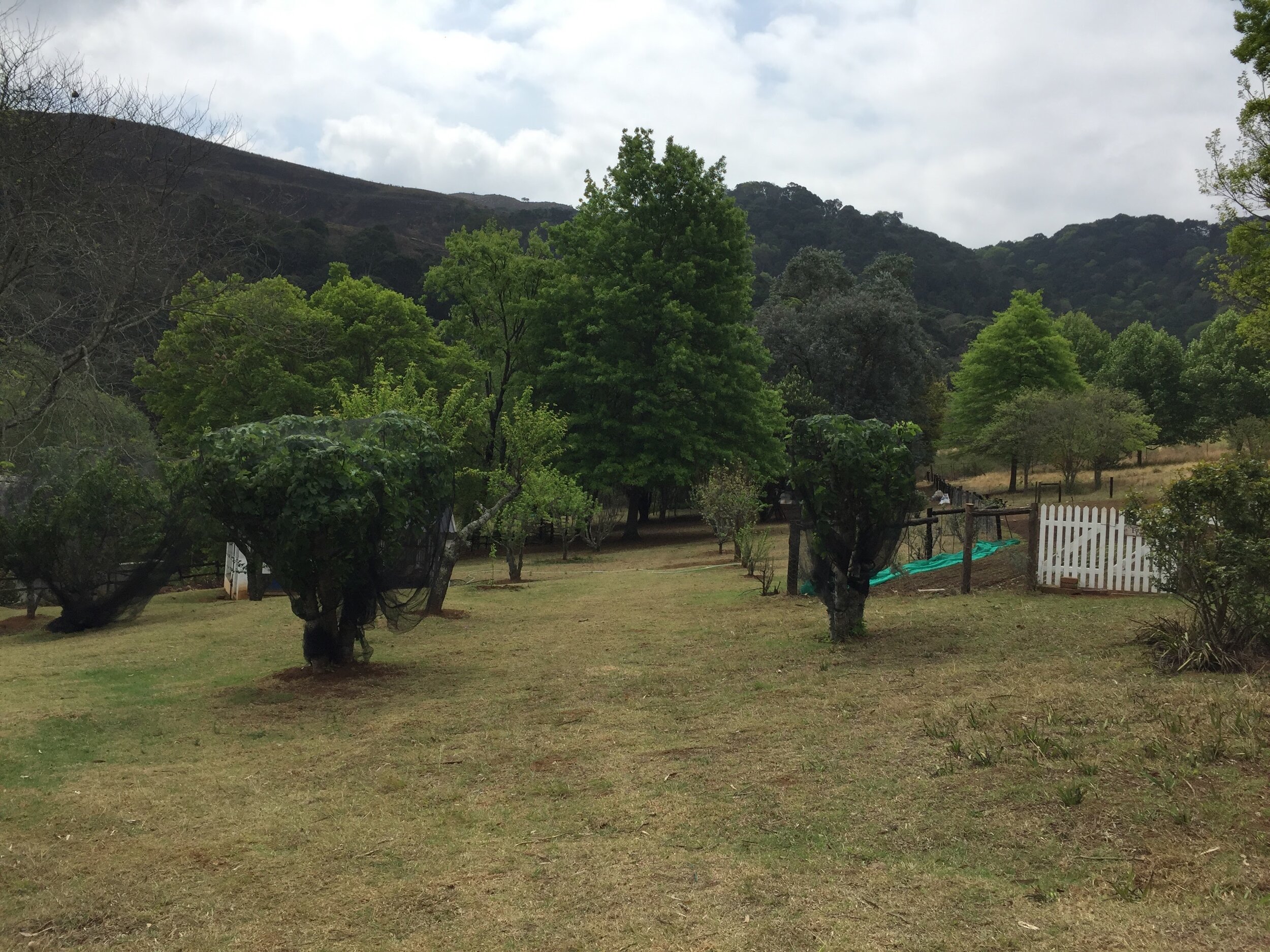September update
Bumblebees, blossoms and goslings!
September brought the vernal equinox and the start of Spring! We are still desperately awaiting rain, but we have had two or three misty, drizzly days that usually characterise Spring. Although stressful, it has taught us the importance of conservative water usage. All the more reason to farm regeneratively, building healthy top soil, that can store more water!
Mulching
We have investigated some mulching and composting techniques and are currently on the hunt for wood chips! We will lay these throughout the orchard this year so that they can firstly mulch the area but also start to decompose and build up the top soil and micro-organisms in this area for planting next year.
Chickens
The chickens have done a great job in their mobile tractor of aerating the soil around the fruit trees which can help break any disease cycles. We have already seen a lot of fruit on our trees compared to last year!
Goslings and grazers
